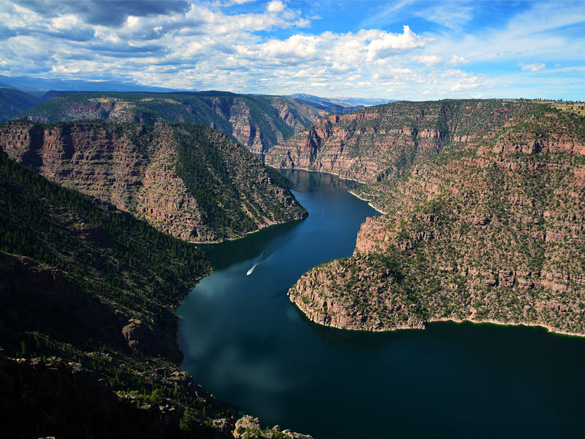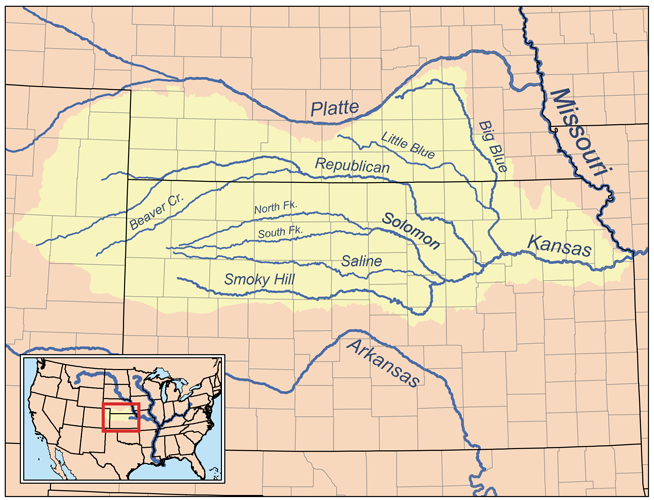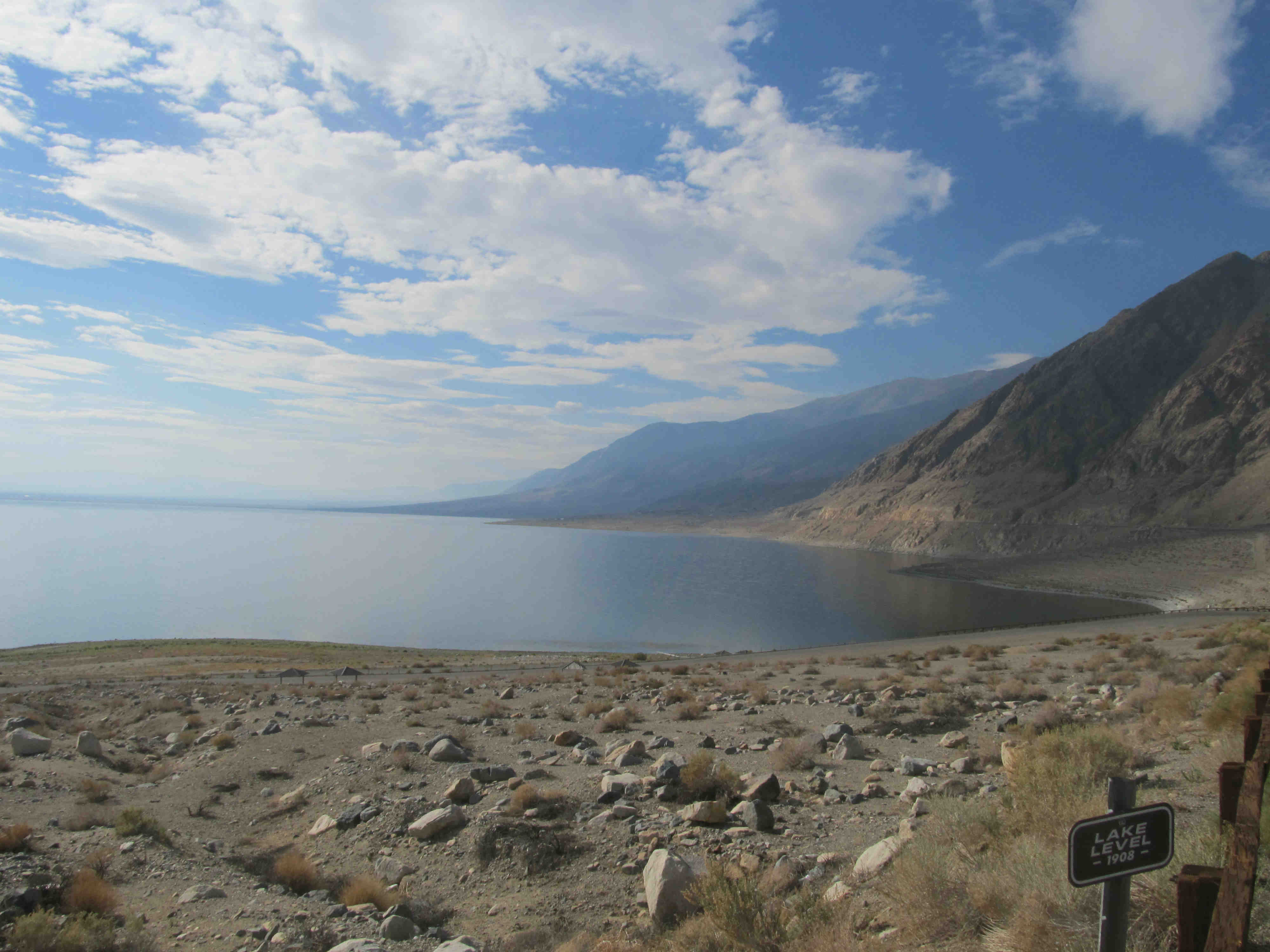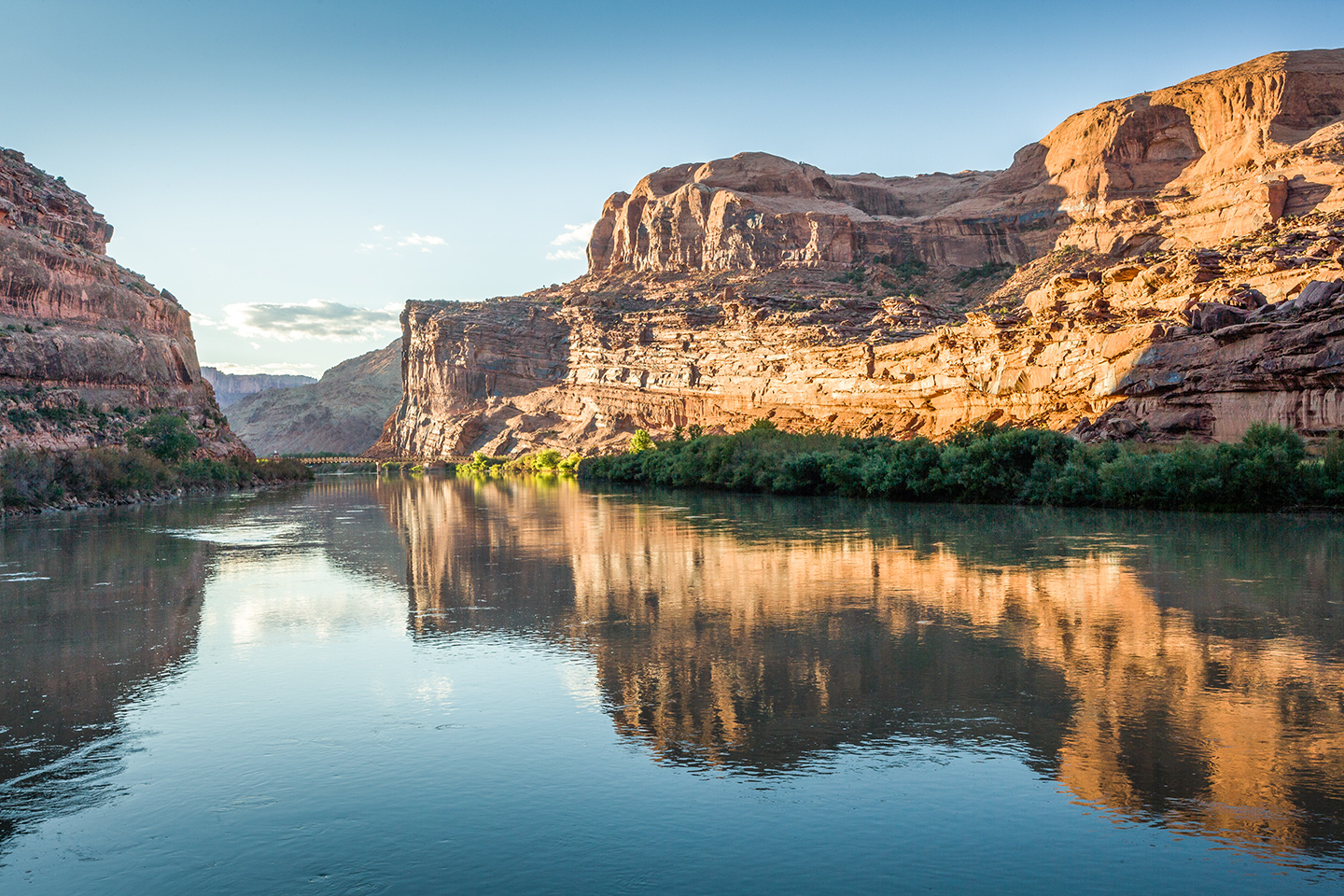Water rights weekly report for July 17. For much more news, links and detail, see the National Water Rights Digest.
The Bureau of Reclamation has released two funding opportunities for fiscal year 2018 through its Drought Response Program, which is part of the Department of the Interior’s WaterSMART program. These funding opportunities are available for entities to develop drought contingency plans and build long-term solutions to drought.
The U.S. Senate has confirmed Brenda Burman as the U.S. Department of the Interior Bureau of Reclamation Commissioner. She is the first woman to ever lead the Bureau.
Seniority in water rights is in many places a precious asset, but not a guarantee that the right won’t be taken away. That may happen in the case of Martha Carr, who lives in Burbank, California but owns property in South Dakota. He was the eventual inheritor of Robert Wittke, a settler who had filed for the right at French Creek near Custer in 1878.
The Texas Commission on Environmental Quality has held off until at least mid-December intervention in a water use battle over the San Saba River, where are landowners say that upstream farmers have been over-pumping water.
They maintain the upstream users have been pumping in excess of their permitted water rights, and have asked for a watermaster to control that use.
The Bureau of Reclamation and State of Utah are initiating negotiations for a water exchange contract, which proposes exchanging the state’s assigned Green River water right for use of Colorado River Storage Project water released from Flaming Gorge Dam. The negotiation meeting is scheduled for Monday, December 4, 2017, at 1:00 p.m. at the Dixie Convention Center, 1835 South Convention Center Drive, St. George, Utah.
Will the Governor’s Drought Interagency Coordinating Group recommend to Governor Ducey that he add the approaching “water year” to the State’s lengthy string of official drought years? Or will the panel recommend that the official dry spell designation end in Arizona, thus following in the footsteps of California, where that state’s drought designation was lifted in the wake of its extraordinarily wet winter? Considering that much of Arizona remains in the same long-term state of drought it has experienced since the mid-1990s, the ICG’s recommendation for maintaining the declaration was not the toughest of calls, as it turned out.










